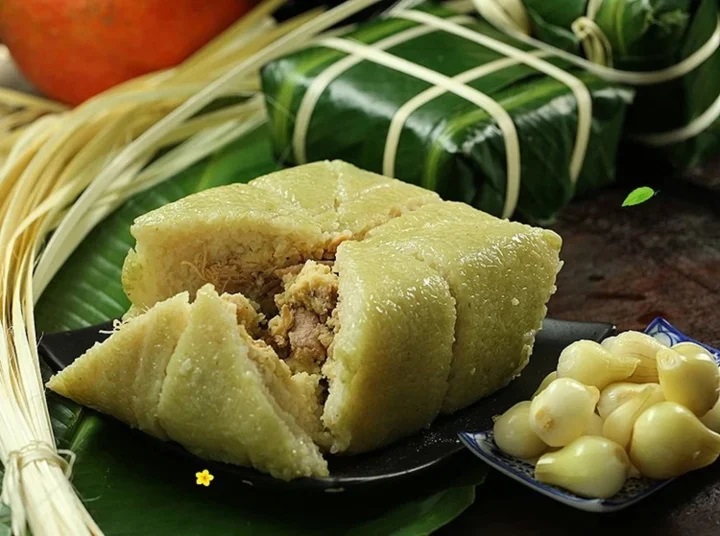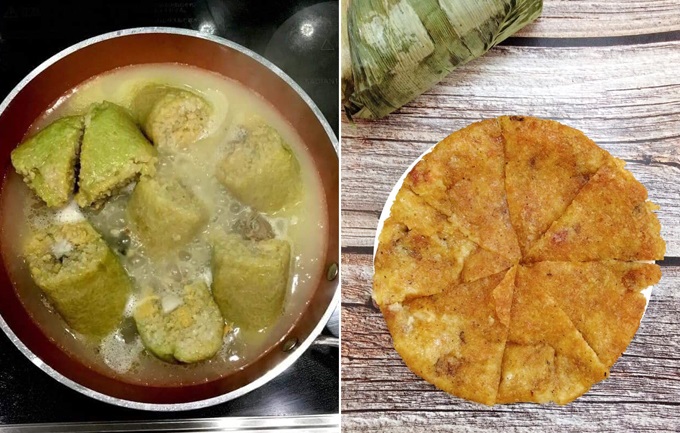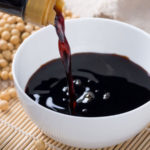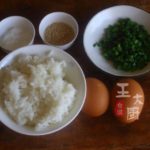Ingredients:

– Square or round cylinder-shaped banh chung.
– Rope.
– Cooking oil.
– Soy sauce, pickled onions, and sausage for serving.
Fried banh chung in the usual way is very easy to get tired of.
Instructions:
You need to remove the top layer of the banh chung, place 4 ropes on the surface of the cake. 2 ropes are perpendicular, 2 ropes are diagonally attached to the surface of the cake. Finally, hold both ends of the ropes and pull (with square banh chung). For long banh chung, you only need 1 rope to cut.
Note: When cutting, you should use the rope to easily avoid the knife and cutting board.
Next, put a pot of water on the stove, wait for the water to boil to fry the banh chung. In the process of frying banh chung in filtered water, the cake will automatically melt. Then, you can crush the banh chung ahead of time, which will help the dish become crispy and evenly cooked. Then, crush the banh chung. Crushing it will make the fried banh chung more crispy and delicious.
After you have crushed the banh chung into a non-stick pan and fry it until both sides are evenly golden. If you want the outer layer to be crispy, you can add a little oil to the pan. Then proceed to fry both sides of the banh chung until golden and crispy.

Place the cakes on a plate. Fried banh chung should be eaten immediately while still hot, because if left to cool, the cake will lose its crispness and become greasy. It is recommended to eat fried banh chung with pickled vinegar onions and sausage. You can also add soy sauce for a perfect flavor combination.
Compared to the traditional method, frying banh chung according to the instructions above is much more delicious and less tiring.
Comparing Chinsu and Maggi: Which Soy Sauce is Best?
Do you know which type of soy sauce is better for your health: Chinsu or Maggi? In this article, we will compare these two types of soy sauce to help you make the best decision. Currently, Chinsu and Maggi soy sauce are the most popular choices on the market, but many people are still unsure about which type is healthier.





































